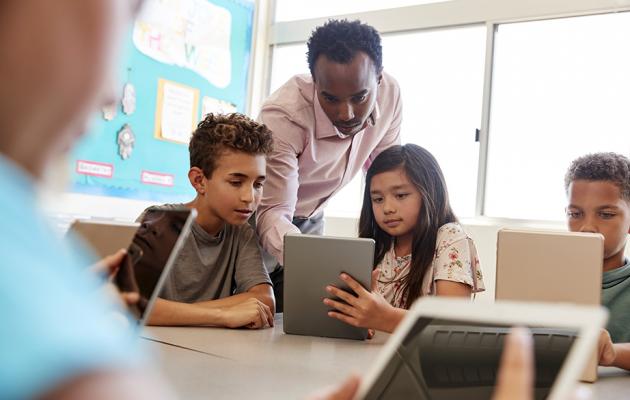First Steps

Money money, who’s got the money?
When talking to your kids about money, there are really just two things to discuss: how to make it and how to spend it. Everything else is just details.
Since financial literacy is not generally taught in school, parents are the first and most important people to teach children about the proper use of money. What they learn at very young ages can literally last a lifetime and be invaluable.
Here are a couple of basic suggestions for each step of their young lives. Don’t put these off, as you will be shocked how fast time flies and before you know it, your child is all grown up.
Under 6: open a savings account, making regular deposits you can afford from your paycheck
For example, open the account in your child’s name with you as co-owner. An opening deposit of $25 and the equivalent of $1 per day deposited into the account will have a balance of almost $2,400 by the time your child is 6 years old and more than $4,700 by the time they are 12.
6 to 9, talk about money and the decisions you make
Kids learn by watching and listening. So, when you are at the grocery store with your children, talk to them about the prices you see. Tell them what you think is a good price and those that are too expensive. Tell them they already have their own money in a savings account and someday, they too will be using money.
10 to 12, let them buy birthday presents
OK, so no Ferrari’s. But everyone in your family has a birthday. Set a modest budget per gift, like $10 or $20. Take them to the credit union to make the withdrawal and then help them shop and buy the gift. Remind them they bought it with their money. And relax. By the time they are 10, that small savings account you opened for $25 and funded with $1 a day has almost $4,000 of balance. That’s a lot of $10 or $20 birthday gifts, with plenty left over.
Dedicated savings clubs help teach them, too.
WPCCU has dedicated websites for young people. Click on the names to see these sites.
